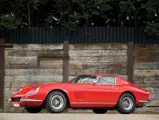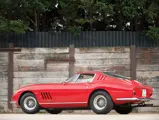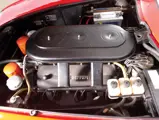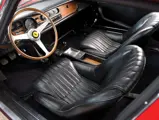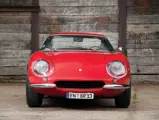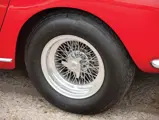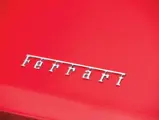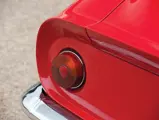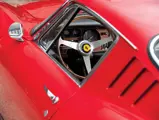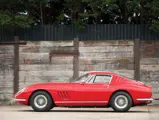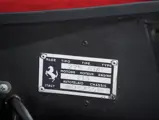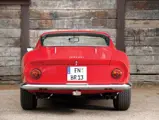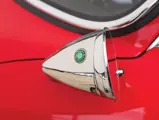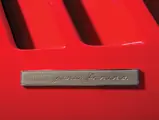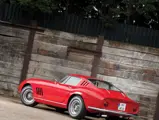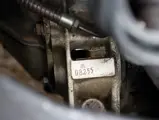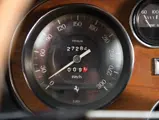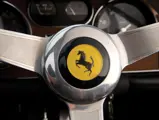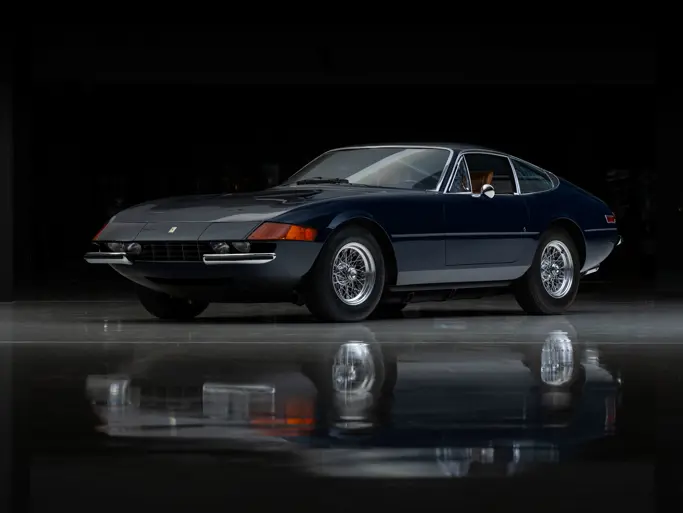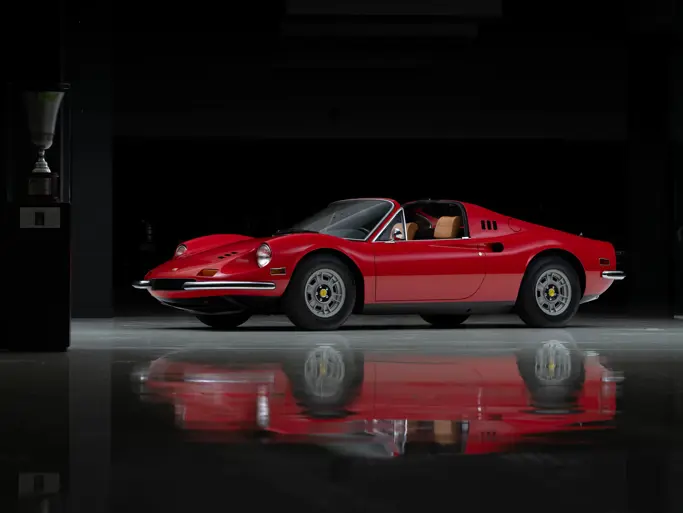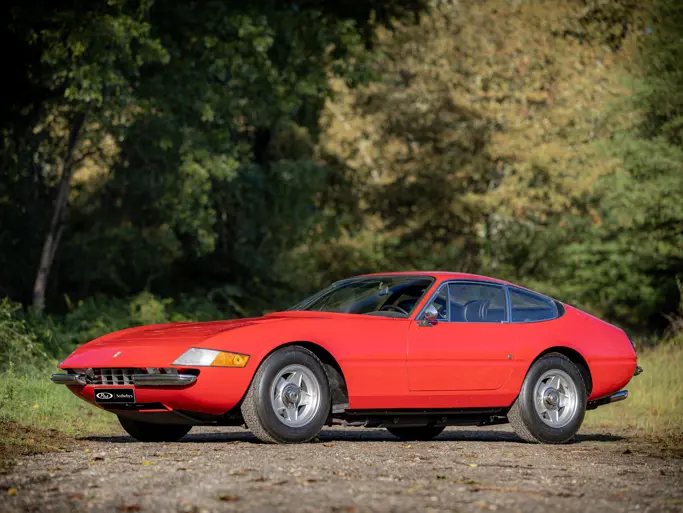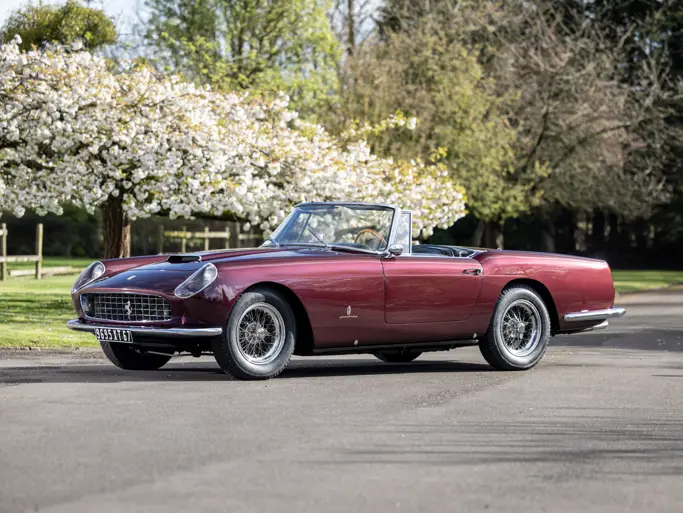London 2011
1966 Ferrari 275 GTB Alloy Berlinetta
{{lr.item.text}}
£640,000 - £700,000 GBP | Not Sold
 | London, United Kingdom
| London, United Kingdom
{{internetCurrentBid}}
{{internetTimeLeft}}

280 bhp, 3,285 cc V-12 engine, five-speed manual transaxle, four-wheel independent suspension with coil springs and telescopic shock absorbers, four-wheel disc brakes. Wheelbase: 2,400 mm
• Rare aluminium, long-nose 275 Berlinetta
• Matching numbers
• Late torque tube
In many ways, the Ferrari 275 GTB is often lauded by enthusiasts and the media as the last of the “classic Ferraris.” Conceived and executed under the guidance of Enzo Ferrari himself, the 275 GTB was introduced at the 1964 Paris Auto Show and marked a natural evolution from its immediate predecessors, the 250 GT SWB Berlinetta and Lusso. It was also by far the most advanced road-going Ferrari produced at the time of its introduction, and it served as a production test-bed for several notable engineering advances.
Designed by Pininfarina and executed by Scaglietti, the 275 GTB was an especially organic but aggressive and purposeful design. It was considered by many to have been the finest production Ferrari ever built, combining the strong pedigree of its legendary road-racing forebears with sufficient creature comforts and a new fully-independent rear suspension to produce a superlative high-speed, long-range GT car. The engine was based on the race-proven Colombo-derived V-12, now displacing 3,286 cc to produce 280 bhp with the standard triple Weber carburettor setup and 300 bhp with the optional set of six Weber 40 DNC/3 dual-choke carburettors.
With its sensuous lines, covered headlights, long hood, short rear deck, neat Kamm tail, abbreviated bumpers, low oval air intake, “egg crate” grille and limited brightwork highlighting the 275 GTB’s purposeful design, it literally suffers from no “bad angle.” In particular, its long, slim nose and four side-ventilation louvers per side gave it a shark-like appearance, a theme that could also describe its ample performance.
With their advanced chassis, four-wheel independent suspension and ideal weight distribution, the 275 series, and the 275 GTB in particular, represented what many enthusiasts believe to be among the last true dual-purpose GT cars, equally suitable for both road and competition use.
With the final evolution of Ferrari's relatively small-displacement Colombo V-12 under its hood, the 275 GTB was an extraordinarily rev-happy machine, even by Ferrari standards. In a period road test, legendary Hollywood star and automobile enthusiast Steve McQueen described the smooth action of the five-speed manual transaxle as “like sliding a knife through butter.” It helped get the most out of the Colombo's enlarged 3,286-cc displacement. Weighing merely 1,200 kg, the 275 GTB easily accelerated from rest to 60 mph in a scant 6.3 seconds.
Today’s collectors divide the 275 GTBs into the early (short-nose) and late-production (long-nose) cars. As with many things Ferrari, the reality is not so simple. While high-volume carmakers produced endless quantities of nearly identical cars, Ferraris were still built—to an astonishing degree—by hand. As improvements were devised, they were incorporated into production, often with the very next car in the production sequence. In other cases, features from earlier production would appear on later cars, to the delight of their owners and to the consternation of Ferrari historians and marque experts. The changeover to a longer-nose body design, which was introduced at the 1965 Paris Salon with production beginning in early 1966, was the result of the alarming incidence of frontal lift at high speeds caused by the short-nose setup.
Chassis no. 08255 is one of about 60 factory aluminium-bodied long-nose 275 GTBs and was completed at Carrozzeria Scaglietti in January 1966. The car was finished in Grigio Argento (Silver Grey) with nero (black) leather and sold new via official dealer Motor SAS to its first owner in Rome, a Mr. Buzzetti.
In the 1970s, this car found its way to the United States via Milanese dealer Viviano Corradini before being acquired the following year by Dr. Abbey Dodd of California. Throughout the 1970s, the car resided with known U.S.-based owners, including Ferrari Owners Club member Charles Haagen of Beverly Hills, who it is believed owned the car for about 20 years.
Eventually the lightweight alloy-bodied 275 GTB returned to Europe and was owned by Klaus Brand of Germany, the cofounder of renowned alloy wheel company BBS, which has outfitted some of the most desirable sports and racing cars for several decades. During Mr. Brand’s ownership, the car was repainted red. The car remained in Mr. Brand’s possession until 2008. Today the car sports a correct set of Borrani wheels, which certainly lend a very sporting character to its appearance.
The Ferrari 275 GTB has always ranked among the more desirable and rare Ferraris on the market, particularly when combined with a two-cam engine, which makes it a particularly versatile driver’s car. Overall this example has a lovely look, and while it would be a superb choice for many road events, it also has a very tractable specification, which renders it quite suitable for such events as the Tour Auto.
Rarely do such iconic alloy-bodied matching-numbers 275 GTBs come to market. This example shows 24,000 kms, which may well be original, although this cannot be confirmed absolutely. Chassis 08255 presents very well with a great “look” and a lovely patina to its interior. Complete with a tool kit, it is sure to reward its next owner with all the power its Colombo V-12 has to offer.

